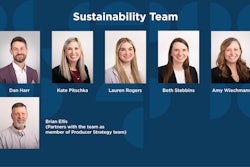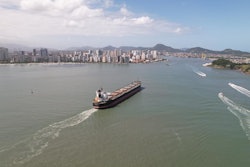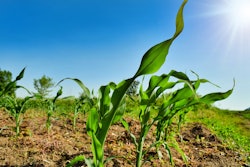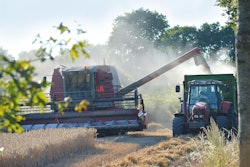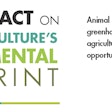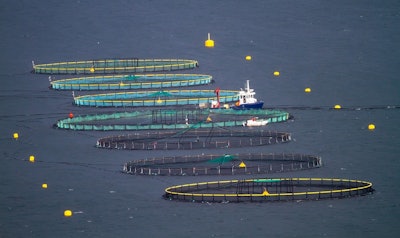
The vast majority of globalaquaculturecould see production or safety decline as a result of environmental stressors, according to a new international analysis.
More than90% of aquaculturefaces some form of environmental threat, according to the study, which was led by researchers from Xiamen University and the University of California, Santa Barbara. The study sought to understand the impact of threats ranging from the pollution of waterways by industrial and agricultural discharges, to rising temperatures and ocean acidification from climate change, according to Ben Halpern, a professor at UC Santa Barbara and director of the National Center for Ecological Analysis and Synthesis.
The study identified Denmark, Belarus and the United States as facing the greatest risk of reduced production as a result of environmental stress, while Albania, Montenegro, and Bosnia faced the greatest threats to food safety. Among lower-income countries, Uganda, Bangladesh, Eswatini, Honduras and Guatemala face the greatest risk, according to the study.
While the researchers expected to see some impact to aquaculture given the industry's rapid growth in recent years, Halpern said he was surprised by the extent of the risk.
“It's sobering,” Halpern said, “and points to how we need to pay more attention to the risks to this major food source.”
图我的部分原因s so high, Halpern said, is because much of the world's aquaculture is concentrated in Asia—a region that is being hard-hit by climate change and other environmental concerns. And while pollution is playing a clear role in making more fish unsafe to eat, climate change has by far the greatest impact on aquaculture, he said, because many farmed species need cooler temperatures to thrive.
Beside raising global temperatures, Halpern said, climate change is also driving ocean acidification, which affects the growth of species like mussels and clams.
Reducing environmental threats to aquaculture remains a tricky business, Halpern said. While the industry has made a concerted effort in recent years to reduce its own carbon footprint, the contributions of aquaculture to global emissions are relatively small. Producers could also look at adaptions like relocating their facilities or changing which species they raise, but land use regulations do not always allow operations to relocate, and buying equipment suited to raising a new species can be expensive.
But some producers have adapted to environmental stressors relatively successfully, Halpern said. Increasingly acidic waters on the northwestern shore of the United States have made raising larval oysters essentially impossible, he said, but producers there have managed to cope by buying larvae from hatcheries in Hawaii to raise to maturity in their facilities.





